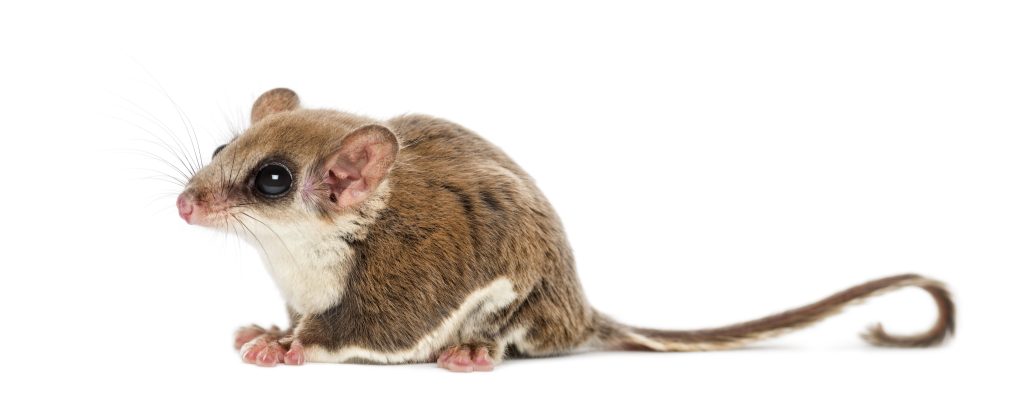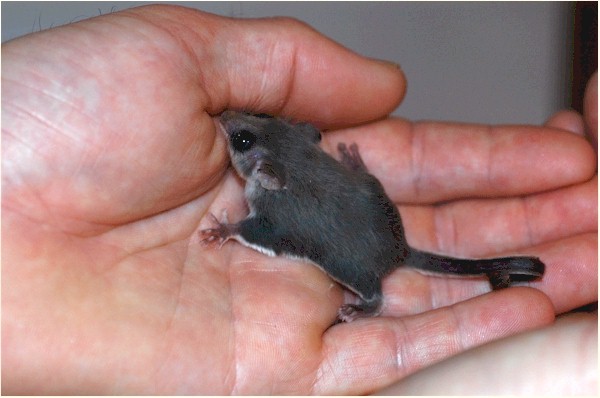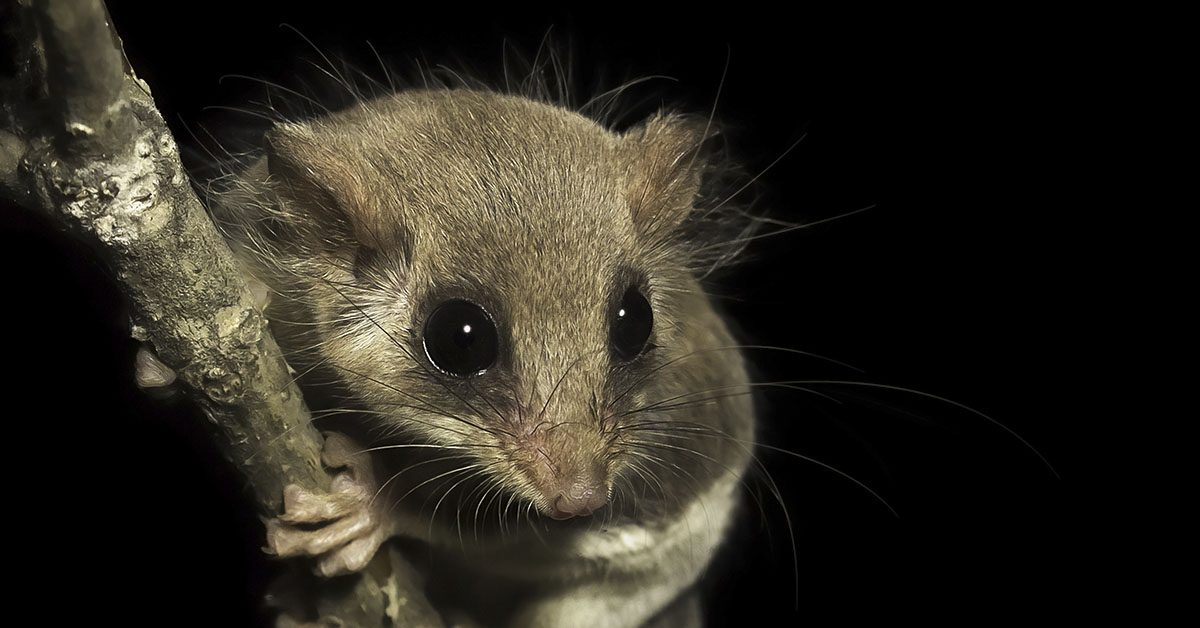Cuteness can be discovered in a load of different shapes and sizes. Within the realm of Australia Zoo Wildlife Warriors, the tiniest creature to grace their presence is none other than Boop. A baby feathertail glider. Unparalleled in its adorable essence, Boop, the baby animal, captivates hearts without trying.
Having bravely ventured out of her mother’s pouch and tipped the scales at less than one gram, this petite being was discovered in 2016. The dedicated team at the wildlife sanctuary is making sure that Boop receives optimal care. Preparing her for a future release into her natural habitat.
‘After falling from her mother’s pouch, Boop luckily escaped any injury and will now receive round-the-clock care by a specialized wildlife carer until she is ready to return to the wild. Isn’t she precious!,’ wrote the Australia Zoo Wildlife Warriors on Facebook.
Boop and Betty, two orphaned feathertail gliders, were discovered together and brought to the wildlife center by a compassionate individual. Currently, they are undergoing rehabilitation, where a specialized milk formula is being administered to them through a delicate tube, aiding in their recovery.
Native to Australia, the Feathertail Glider appears to ‘fly’ through the tree canopies
These enchanting creatures, known as the feathertail glider, derive their name from their unique and captivating flat tail. The tail is adorned with stiff fringed hair that grows horizontally on either side. Then extends all the way to the tip. It serves as a means to steer and brake while gracefully gliding through the tree tops.
What sets them apart is their tail, looking almost like delicate feathers, a feature exclusive to this species among mammals. Measuring approximately 2.7 – 3.1 inches in length, this tail truly evokes the look of a bird’s plume.
Despite their petite size, adult feathertail gliders weigh merely 0.35 – 0.50 ounces. Their size can occasionally lead to them going unnoticed in times of danger or being mistaken for a mouse when being brought indoors by a curious feline.
Evolved to survive in some really tough situations, the Feathertail Glider is remarkable
Belonging to the Burramyidae family and sharing kinship with Pygmy possums, these little mammals exhibit a remarkable survival strategy. Similar to their relatives, the Sugar gliders, they enter a state called torpor due to their small size. This makes it hard for them to maintain warmth in cold weather or when food is scarce.

During torpor, their breathing slows down, temporary loss of consciousness occurs, and their body temperature drops to match that of their surroundings. It’s important to note that this state should not be confused with hibernation, which lasts much longer and does not occur in marsupials.
Read: This Brave Man Saving Drowning 400-Pound Black Bear is Still One of Greatest Rescue Stories Ever
Their markings are beautiful and allow them to blend perfectly into their surroundings
The feathertail glider boasts a beautiful coat that exhibits a combination of grey and brown hues. While the fur on their abdomen above the waist ranges from light cream to white. Similar to other gliding species, they possess a specialized skin fold that extends from the elbow to the knee, which acts as their gliding membrane. Along the border of this membrane, long hair is delicately curled, serving to enlarge the body surface area.
When fully stretched out, these gliders can cover remarkable distances akin to the descent of a falling leaf. They make their homes among the trees and sustain themselves by eating nectar, pollen, and insects. When the need arises to hop from one tree to another, they take to the air.
Perfectly engineered, they can even steer their gliding bodies and choose where they land
To facilitate their gliding abilities, the tiny feathertail glider employs a remarkable mechanism. The skin flap between their front and hind feet extends like a parachute when they launch themselves off a tree, legs fully extended. Their flattened tail acts as a multifunctional tool as they glide through the air. Aiding in steering, braking, and anchoring upon landing.

While they have been seen gliding distances of up to 92 feet, their typical glide spans approximately 46 feet. These agile creatures are capable of executing up to five glides per hour. Gliding serves as a strategic means for them to remain above the treetops, avoiding larger ground-dwelling predators.
Feathertail gliders possess feet reminiscent of those found in frogs, with furry coverings replacing scales. Notably, their toes feature sizable pads, which bear serrated grooves underneath, granting them the ability to scale almost any surface. Thanks to numerous sweat glands on their footpads, they can even climb vertical glass panes utilizing surface tension, as if employing tiny suction cups.
Feathertail Gliders inhabit various regions across eastern Australia, ranging from South Australia to the far reaches of North Queensland.
These gliders showcase their resourcefulness when it comes to constructing their nests, utilizing a diverse array of materials and locations. From repurposed bird nests to banana sacks, they create cozy abodes, adorning them with leaves, feathers, and shredded wood. The nests they fashion typically have a spherical shape, measuring about 2.3 – 3.1 inches in diameter. Preferred nesting spots include palms, staghorn plants, and tree ferns.
In the northern parts of their range, feathertail gliders form communal groups consisting of 5 to 30 individuals, engaging in year-round reproduction. Whereas in the southern regions, their reproductive activity occurs predominantly in the spring, summer, and late winter seasons.
In their natural habitat, these gliders typically have a lifespan of four years. While the female possesses a pouch for nurturing offspring, both males and females exhibit a striking similarity in terms of size and appearance.
Keep Reading: When sitting on a bench, they noticed a strange little creature completely covered in fur
Sources
- “Boop, a baby feathertail glider, is the tiniest patient at wildlife sanctuary.” Mashable. Andrea Romano. July 18, 2016
- “Acrobates pygmaeusfeathertail glider.” Animal Diversity Web. Adam Shiroff
- “Dog rescues baby glider the size of a thumbnail at the bottom of a tree after she fell from her mother’s pouch.” Daily Mail AUS. Harry Pearl. July 20, 2016

